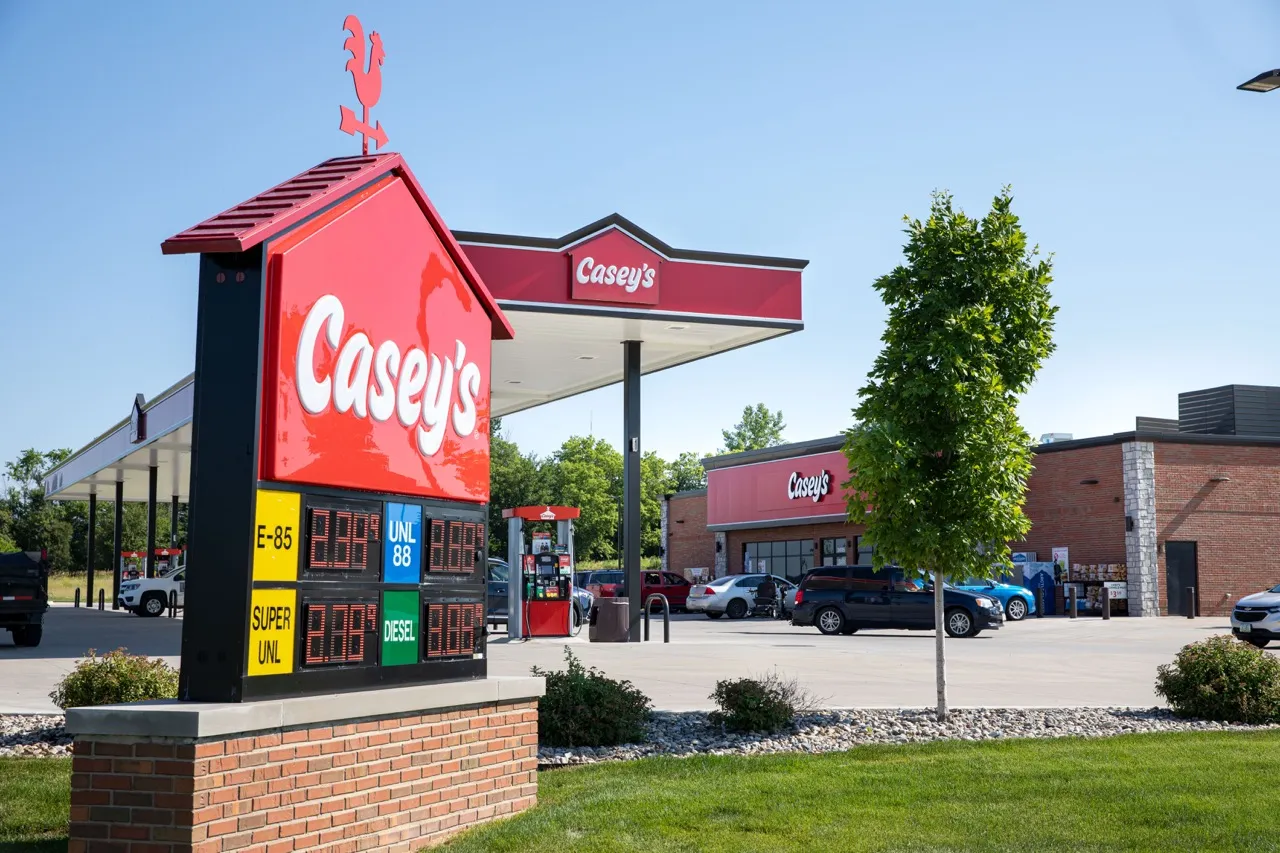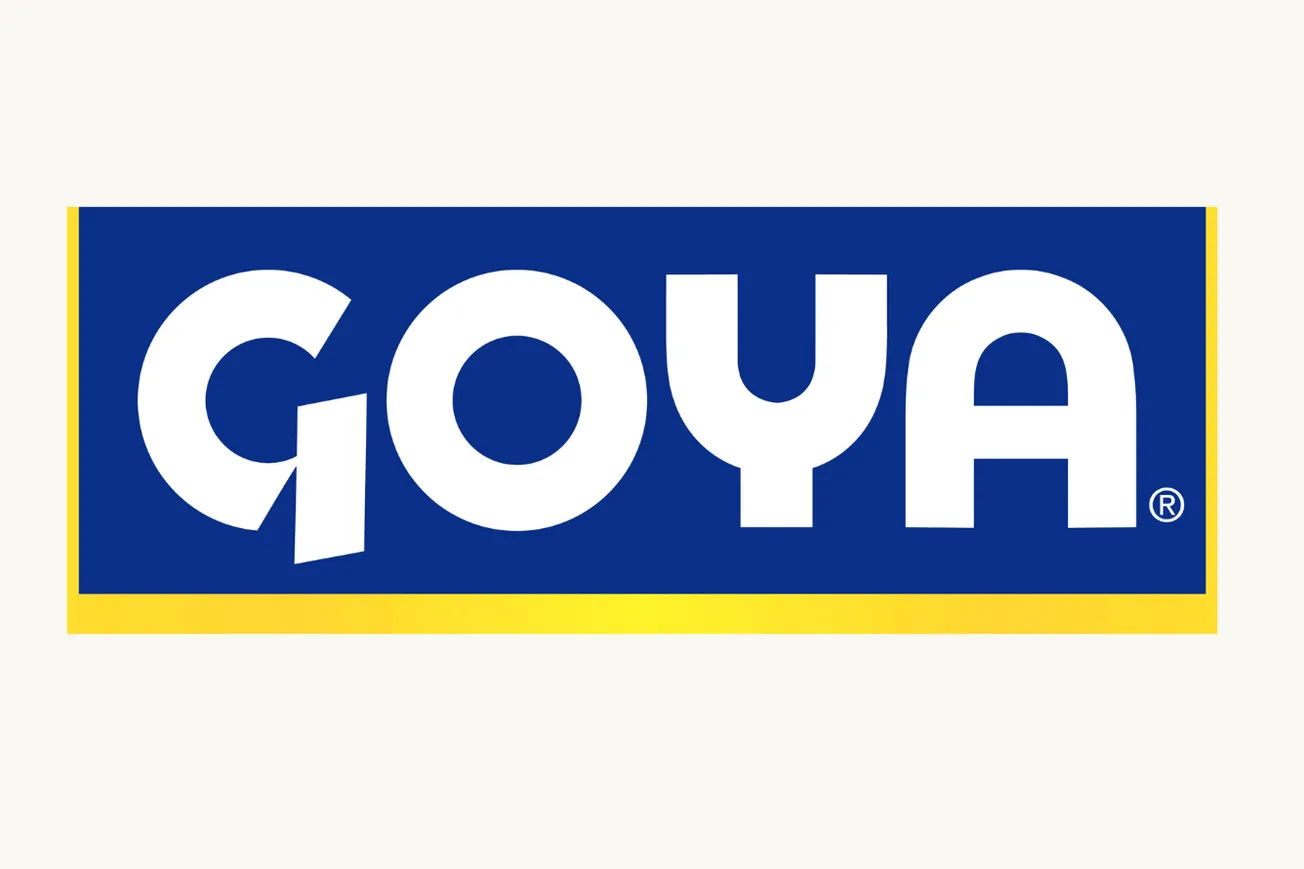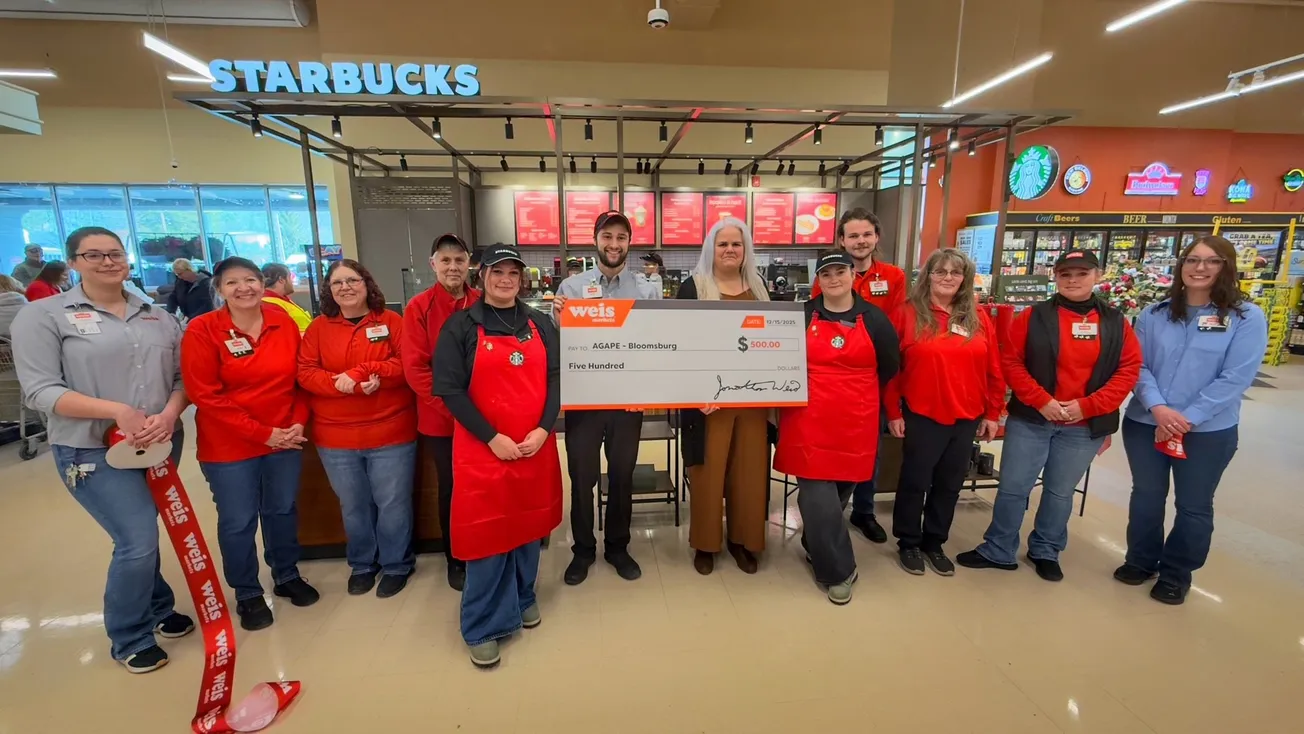WOONSOCKET, R.I. — With the ever-growing share of generic drugs suppressing top-line growth but helping to fortify gross margins, CVS Caremark Corp. rang up double-digit earnings gains in the face of flat revenues during the three months ended March 31.
With the ever-growing share of generic drugs suppressing top-line growth but helping to fortify gross margins, CVS Caremark Corp. rang up double-digit earnings gains in the face of flat revenues during the three months ended March 31.
First quarter income from continuing operations climbed 23% to $956 million, or 77 cents per diluted share. Net income escalated 23.2% from $776 million a year ago, which included a $1 million loss from discontinued operations.
Adjusted income from ongoing lines advanced 21.4% to $1.03 billion, or 83 cents per share, after backing out pretax charges of $122 million in the 2013 quarter and $118 million a year ago for amortization of intangible assets related to acquisition activity. The adjusted EPS performance — up 27.6% — was aided by a 5.2% year-over-year reduction in the weighted average number of diluted common shares outstanding to 1.24 million. The adjusted results were four cents above the 79 cents per share projected, on average, by analysts polled by Thomson Reuters and also beat the 80-cent high end of CVS’ guidance.
While net revenues eased down 0.1% to $30.76 billion, the total still eclipsed the $30.36 billion forecast by analysts.
Although the quarter’s results topped Wall Street’s expectations, citing the potential impact of sequestration, CVS management stuck with the upper end of its full-year earnings outlook, but did raise the lower end of its guidance (see story on this page).
Assessing the first quarter during a conference call, chief financial officer David Denton attributed the strong earnings to higher-than-expected prescription volumes driven by an intense flu season as well as strong growth in specialty pharmacy and favorable rebate and purchasing economics. Those positive factors were partially offset by, among other factors, a higher-than-expected income tax rate and the impact of Medicare Part D sanctions imposed on CVS by the Centers for Medicare and Medicaid Services.
Moving down the income statement, consolidated operating profit soared 21% to $1.70 billion, or 5.43% of revenues — up 87 basis points from the 2012 quarter. With a fourth quarter 2012 debt refinancing contributing to a 4.4% decline in net interest expense to $126 million, pretax income rose 23.7% to $1.57 billion.
"We are very pleased with the strong first quarter results," president and chief executive officer Larry Merlo told analysts during the conference call. "As expected, the influx of new generic drugs was a key driver of our year-over-year profit growth across the enterprise. And, that said, both our retail and PBM [pharmacy benefit management] segments delivered operating profit growth well above our expectations for the quarter."
In the retail pharmacy segment, operating profit climbed 18.4% to $1.54 billion even as sales inched ahead 0.2% to $16.05 billion, resulting in a 150-basis-point jump in operating margin to 9.6%.
Although total pharmacy sales slipped 1.1% (on top of an 11.1% jump in the 2012 quarter), this was countered by a 3.1% rise at the front end (following a 7.1% hike a year ago). First quarter same-store sales fell 1.2% (compared to an 8.4% gain a year ago), reflecting a 1.4% increase at the front end and a 2.3% drop at the pharmacy counter.
On a chainwide basis, prescription count rose 2.9% to 184.7 million and gained 5.5% to 221.5 million when converting 90-day scripts to 30-day prescriptions. Same-store script volume rose 2.0%, but escalated 4.7% with 90-day scripts converted to 30-day.
Elaborating on the segment’s top-line performance, management attributed the decline in same-store sales to the impact of new generic drug introductions and the absence of a leap-year day in 2013, offset by contributions from the severe flu and cold season and the shift of the Easter holiday from April into March this year. Same-store prescription sales took a hit of around 925 basis points from recent generic introductions and were curbed by about another 70 basis points by the absence of the leap year day. Those negatives were slightly offset by a 90-basis-point lift from increased cold and flu cases.
The pharmacy’s share of net retail revenues decreased 90 basis points to 69%, while the percentage of pharmacy revenue arising from third-party plans increased about 10 basis points to 97.8%. The generics dispensing rate, meanwhile, climbed 310 basis points to 81.2%.
At the front end, same-store sales growth was stunted by some 120 basis points by the loss of the leap year day, but the Easter calendar shift added about 65 basis points, Merlo said. He added that front-end customer traffic ebbed slightly, while the average transaction "increased notably."
Reflecting the impact of generics, the retail segment’s gross margin skyrocketed 232 basis points to 30.85%. This improvement was partially offset by an 83-basis-point rise in operating expenses to 21.27% of revenues.
"We had another very strong quarter," Merlo told analysts. "Our goal is to retain at least 60% of scripts gained during the impasse between Walgreens and Express Scripts, and we are pleased with our results, which are exceeding our expectations."
With CVS’ retention rate not changing much for several months, he added that management remains confident that it will continue to retain at least 60% of the scripts that it gained from the since-settled Walgreens/Express Scripts dispute.
During the first quarter CVS opened 37 new drug stores, closed nine and relocated 15 others. As of March 31, the company operated 7,531 retail drug stores, 31 specialty retail pharmacies, 18 on-site pharmacies, 12 specialty mail order pharmacies and four mail order pharmacies in 45 states, the District of Columbia and Puerto Rico.
Meanwhile, in the pharmacy services (pharmacy benefits management) segment, first quarter operating income surged 43% to $499 million amid a slight 0.1% uptick in net revenue to $18.31 billion — both largely the result of generic drug introductions. Operating margin widened 82 basis points to 2.73% of revenues.
The generic drug launches offset volume increases across all channels and a lift in CVS’ specialty pharmacy business from drug cost inflation.
Breaking down the segment’s top line, pharmacy network revenues slipped 1.5% to $12.39 billion as the number of claims processed grew 4.3% to 207.1 million. Mail choice revenues gained 3.6% to $5.87 billion, although claims edged up just 0.5% to 20.5 million.
Management credited the rise in pharmacy network claims to activity stemming from new clients, a severe flu season and CVS’ Medicare Part D program. The modest increase in mail choice claim volume was primarily due to more claims related to adoption of CVS’ Maintenance Choice program.
During the conference call Denton explained that revenue increases in both the PBM and retail segments were offset by a significant increase in intersegment activity that was propelled mainly by rising adoption of Maintenance Choice. He added that within the PBM, specialty pharmacy was a key revenue driver because of new clients, new products and drug cost inflation.





